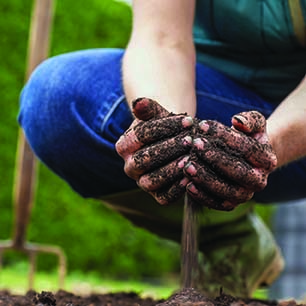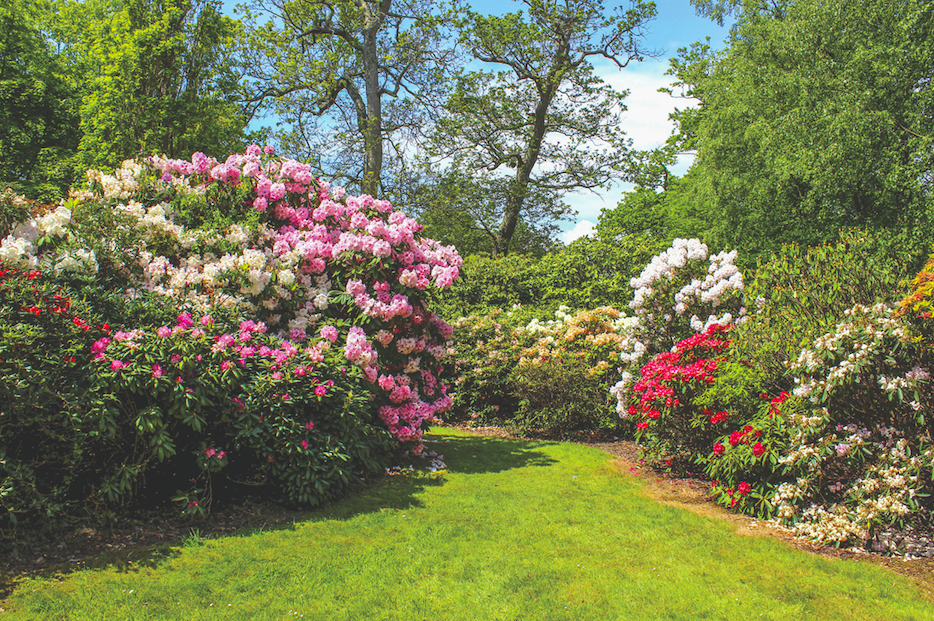Will you be completing outdoor home renovation projects this season? To maximize your investment, consider these project ideas, which combine beauty and long-lasting performance:
Smart Landscaping
Landscaping is a fundamental aspect of curb appeal. A beautiful design has the power to boost your home’s resale value. What’s more, certain landscape choices may last longer and can even potentially protect the structure of your home.
Make the smart and environmentally-conscious choice of sticking with native species, which are more likely to thrive and grow a strong root foundation, helping protect your property in the event of flooding. Select fire-resistant plants that can also act as buffers during high winds.
A Complete Roofing System
You don’t have to wait for leaks to appear before you consider a new roof. Missing, damaged or curling shingles are not only an eyesore, they can also be signs of leaks to come. The age of your roof itself can be a guide as to when it’s time to consider an upgrade — homeowner’s insurance companies generally assume an asphalt shingle roof will last about 20 years.
When it comes to beauty and performance, a new roof can be one of the best investments you make for your home, that is if you select durable products that will protect your family for years to come. Homeowners should know that they don’t have to sacrifice style for strength and durability. For example, new Timberline HDZ shingles from GAF, North America’s largest roofing and waterproofing manufacturer, combine the style, class and design of America’s best-selling shingles (Timberline HD with even better protection thanks to a new innovation called LayerLock technology. The technology offers contractors a faster, more precise installation and ultimately, better strength and performance of the roofing shingles.
For greater peace of mind, homeowners should also consider complete roofing systems (shingles and accessories) with a strong warranty. Just be sure to check the fine print, especially if you live in an area with high winds. While many roofing products do come with wind warranties, there are often caveats with regard to wind speed limitations. Timberline HDZ shingles come with an available GAF WindProven limited wind warranty, the first wind warranty for roofing shingles with no maximum wind speed limit. The brand’s shingles that feature LayerLock technology, such as HDZ, qualify for this warranty when installed with four qualifying GAF accessories.
Durable Windows
Today’s high-performance window options can dramatically improve your home’s energy efficiency, provide better sound-proofing and weather resistance, and offer tilt-in capabilities for easier cleaning and maintenance. Some manufacturers offer customization options with regards to grille patterns, window shape, interior and exterior frame colors and glass types, making it easy to find options that complement your home’s style while providing performance features you value.
This season, make smart home upgrades that offer you both greater curb appeal and greater peace of mind.










